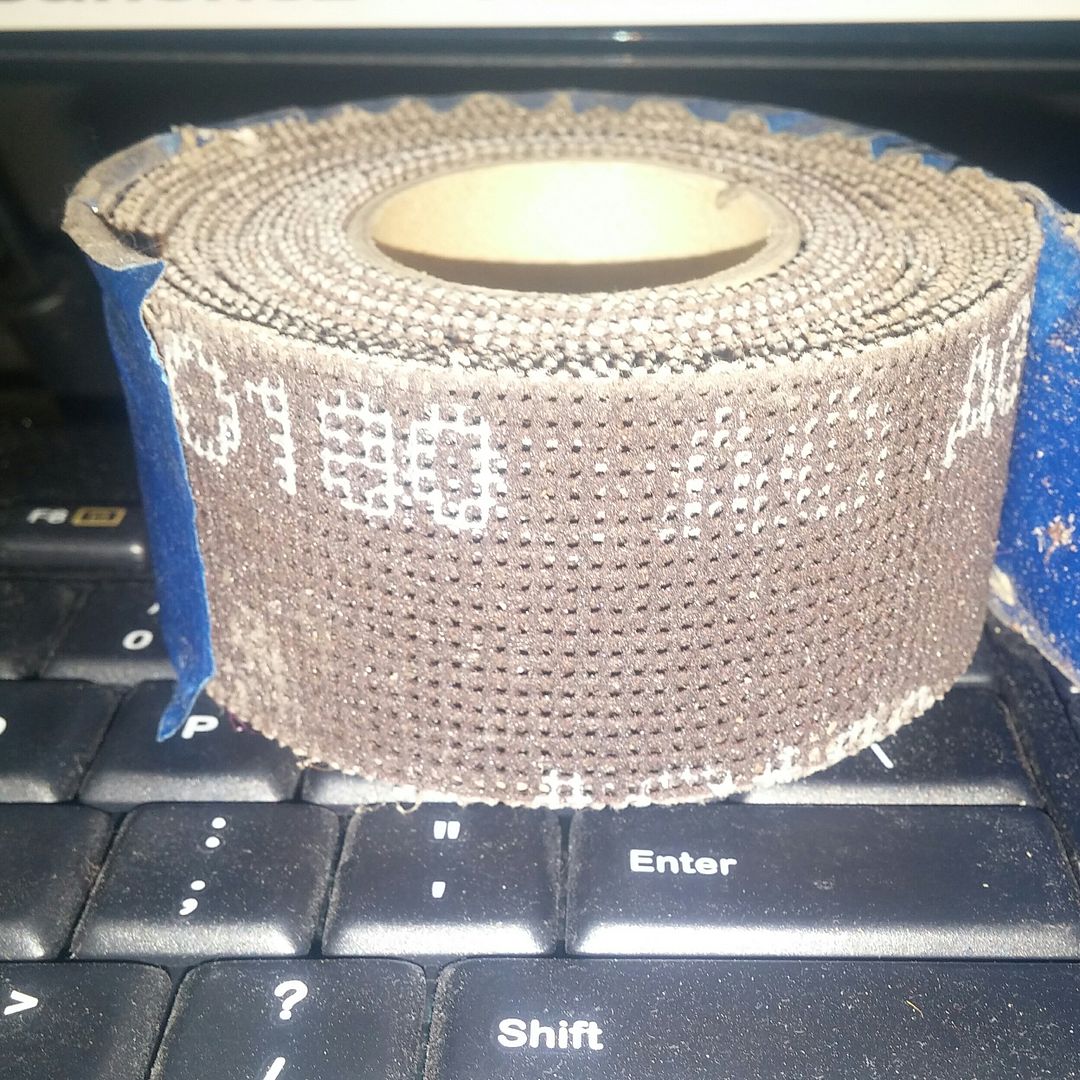It's been a while since I've posted and since then I've had lots of humbling experiences with the torch. I've blown so many holes in Aluminum piping I can't even count!!! EXTREMELY FRUSTRATING!!!!
I decided to take a step back and work with some 1/8" FLAT stock, and it's going MUCH better. After doing lots of practice on the flat, I then went back to the tubing and it's going much better. Still not perfect, but at least I'm not vaporizing it anymore! haha
Can anyone recommend a good place to buy "scrap" Aluminum? Is there such a place?
I also have a question regarding Tungsten. Mine is getting black after about 7 or 8 short beads and I have to re-grind it. I'm not sure what I have set wrong, but I don't believe this is normal. I'm using 8 L/min of Argon and these are the rest of my settings.

Anyway, here are my latest and best beads. I didn't want to stop when I was practicing because it was REALLY enjoyable to be able to somewhat consistently put down some half way decent beads. I was afraid I'd forget how I did it - which I probably have! haha This is 1/8" Aluminum.
I am not getting as much penetration as I had hoped, but if I go much slower, or apply more heat, I'm afraid I'm going to go through the material. Any advice?
Sorry for all the questions!

Thanks for any advice or feedback.




